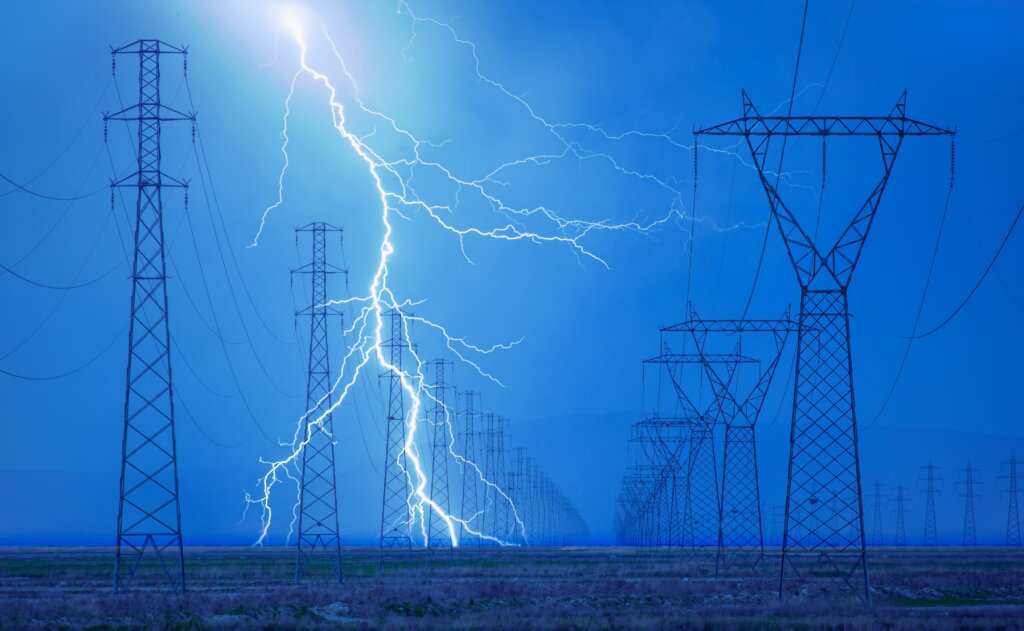
How Manual Load Shedding is Executed
In the first Midwest Reliability Matters article of this series published in August, we described why manual load shedding is sometimes necessary to maintain grid reliability under a variety of conditions. In this article, we will provide how the determination is made to manually shed load and how regional transmission operators and member organization system operators execute the process quickly and efficiently. There are various reasons why manual load shed may be necessary. Balancing supply and demand should be spread across an entire Balancing Authority (BA) area and typically would involve more entities and have a rotational aspect to the manual load shed process. Local transmission emergencies that involve component overloads would typically involve fewer individual companies and be localized to the affected area. No matter the reason, timely execution of the process is important to preserve the reliability of the overall system and avert instability and cascading outages on the bulk power system.
The manual load shedding process would typically be initiated by the Reliability Coordinator (RC) or BA, but individual member organization system operators always have this tool available to them for local emergencies. The RC or BA determines the amount of load shedding that is required in megawatts (MW) through detailed real-time modeling considerations over the affected area and uses pre-determined percentages to calculate the individual member MW amounts. These amounts are communicated as an Operating Instruction through electronic communication systems with alerting capabilities and include a confirmation response to the Operating Instruction to meet the three-way communication requirements set by NERC Reliability Standards.
Individual member Transmission Operators handle these Operating Instructions in various ways based on their operational capabilities and business models. Many need to shed load at the transmission or sub-transmission system level, while some can shed load at a distribution system level. In all cases, the individual plans must account for critical load considerations, coordination with automatic load shedding plans, and be reviewed periodically to account for system configuration changes. In addition, manual load shedding must be done in a time sensitive manner as quickly as possible upon receipt of the RC or BA request, and in an amount as close to the need as possible. Many member organizations have Energy Management System (EMS) applications to execute the request and include real-time information on circuit status, MW amounts on each circuit within the plan, control actions with confirmation steps, and the ability to rotate the various circuits contained in the plan at a prescribed duration. The execution of manual load shedding plans is practiced regularly through periodic drills and internally through system operator training material and system operator training simulators. The goal is to ingrain the execution of the procedure and corresponding application to ensure fast response to a request for manual load. Upon execution of the load shed Operating Instruction, the member organization is required to report the actual amount of load shed so that the RC or BA can calculate and confirm the requested amount in aggregate.
The benefits of the frequent drills and periodic training of system operations staff at both the RC and member organizations were evident with the entities that performed manual load shed during the February 2021 cold weather event. The load shed amount and duration were determined quickly, communicated per established protocols, and executed by member organizations to maintain system reliability. This event had considerable forewarning that increased execution efficacy; however, it is expected that these benefits would also be realized during events that develop quickly with very little notice.
Again, it must be emphasized that load shedding is not an action that any organization or system operator takes lightly. It is a last resort and only used to protect the overall bulk power system by maintaining stability and preventing a large scale, cascading outage.
MRO’s Reliability Advisory Council (RAC) is responsible for increasing outreach and awareness on important reliability topics, such as this one. This is the second in a three-part series published by the RAC on manual load shedding because of how critical it is to the preservation of reliability for the North American bulk power system during times of duress. The final article of the series will be published in subsequent editions of Midwest Reliability Matters.
– Dick Pursley, Reliability Advisory Council Chair, CJ Brown, Reliability Advisory Council Member, and John Stephens, Reliability Advisory Council Member
About the Authors:

C.J Brown, Southwest Power Pool
C.J. Brown received his bachelor of science in applied mathematics/economics from the University of Central Arkansas in 2000 and was NERC Reliability Coordinator certified in 2007. He has been with Southwest Power Pool (SPP) since 2006 and is currently the director of system operations at SPP. His responsibilities include oversight of the SPP real time operations for tariff administration, markets, balancing authority and reliability coordination functions in the Eastern and Western interconnections. He has over 20 years of experience in the electric utility industry with roles in generation, power marketing, market monitoring and system operations.

Dick Pursley, Great River Energy
Dick Pursley is the Director, Operations and Transmission Services at Great River Energy, where he has oversight of control center operations and support, along with substation and transmission line construction and maintenance activities. Pursley has worked in the electric utility industry for 31 years, the last 21 of which have been with Great River Energy in the utility operations area. He has served on several NERC and MRO organizational groups and is an active member of the NERC Event Analysis Subcommittee and MRO’s Reliability Advisory Council. Pursley earned his BS in electrical engineering and MS in agricultural engineering from the University of Minnesota.

John Stephens, City Utilities of Springfield
John Stephens has been the Director, Power System Control at City Utilities of Springfield for 24 years. He is responsible for real-time Transmission Operations and has experience in wholesale power market transactions, open access transmission policy, and NERC compliance. Stephens has been an active participant on many SPP organizational groups and also serves on NERC and MRO working groups and committees, including the NERC Reliability Issues Steering Committee, NERC Reliability and Security Technical Committee, and MRO Reliability Advisory Council. Stephens is a registered Professional Engineer in the state of Missouri and holds a BSEE from Rose-Hulman Institute of Technology. He earned his MSEE from Clemson University.
DISCLAIMER
MRO is committed to providing non-binding guidance to industry stakeholders on important industry topics. Subject matter experts from MRO’s organizational groups have authored some of the articles in this publication, and the opinion and views expressed in these articles are those of the author(s) and do not necessarily represent the opinions and views of MRO.